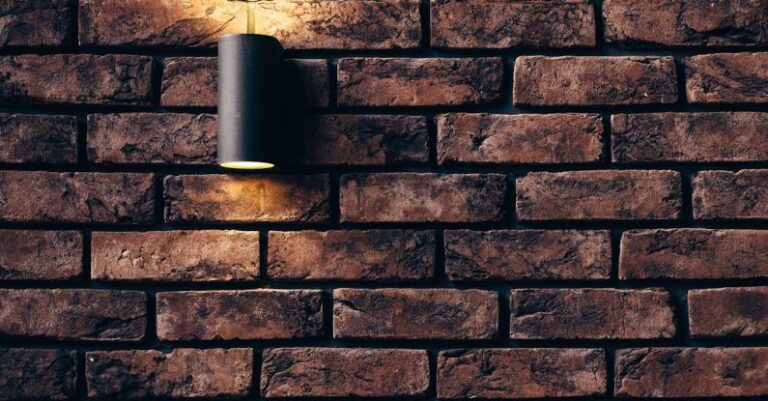
The kitchen is the heart of any home, a place where meals are prepared, memories are made, and conversations flow. In recent years, there has been a shift towards using sustainable materials in kitchen design. This trend is not only aesthetically pleasing but also has numerous benefits for the environment and our health. Let’s explore how incorporating sustainable materials can improve the overall design of your kitchen.
Enhancing Aesthetics and Style:
One of the most significant advantages of using sustainable materials in kitchen design is the aesthetic appeal they bring to the space. Materials such as reclaimed wood, bamboo, recycled glass, and cork add warmth, texture, and character to the kitchen. These natural elements create a unique and inviting atmosphere that is both stylish and eco-friendly. By incorporating sustainable materials, you can achieve a modern, rustic, or eclectic look that reflects your personal style while reducing your carbon footprint.
Promoting Environmental Sustainability:
Sustainable materials are sourced and produced in a way that minimizes harm to the environment. By choosing materials that are renewable, recyclable, or biodegradable, you can reduce your kitchen’s impact on the planet. For example, using bamboo for cabinets and countertops is an excellent choice as bamboo is a fast-growing and renewable resource. Recycled glass tiles can be used for backsplashes, adding a pop of color while reducing waste. These eco-friendly choices not only contribute to a healthier planet but also inspire others to make sustainable decisions in their own homes.
Improving Indoor Air Quality:
Traditional building materials often contain harmful chemicals and toxins that can off-gas over time, compromising indoor air quality. Sustainable materials, on the other hand, are non-toxic and low in volatile organic compounds (VOCs), making them safer for you and your family. For instance, choosing formaldehyde-free plywood for cabinets or natural linoleum for flooring can help reduce indoor air pollution and create a healthier living environment. By prioritizing materials that are free from harmful substances, you can breathe easier and enjoy a cleaner, fresher kitchen space.
Increasing Durability and Longevity:
Sustainable materials are known for their durability and longevity, making them a wise investment for your kitchen design. When properly maintained, materials like stainless steel, concrete, and natural stone can withstand the test of time and daily wear and tear. By choosing high-quality, sustainable materials, you can avoid frequent replacements and renovations, saving both money and resources in the long run. Additionally, the timeless appeal of these materials ensures that your kitchen design remains stylish and relevant for years to come.
Fostering Creativity and Innovation:
Incorporating sustainable materials in kitchen design encourages creativity and innovation in the use of resources. Designers and homeowners alike are exploring new ways to repurpose, recycle, and upcycle materials to create unique and functional kitchen spaces. From salvaged wood beams used as open shelving to recycled glass countertops made from discarded bottles, the possibilities are endless. By embracing sustainable design practices, you can unleash your creativity and contribute to a more sustainable future for generations to come.
Embracing a Sustainable Lifestyle:
Ultimately, using sustainable materials in kitchen design is not just about creating a beautiful space; it’s about embracing a sustainable lifestyle. By choosing materials that are eco-friendly, energy-efficient, and responsibly sourced, you are making a positive impact on the environment and supporting ethical practices in the design industry. Sustainable kitchens are a reflection of your values and commitment to a greener, healthier world. So, why not start with your kitchen and make a difference one sustainable choice at a time?
In conclusion, integrating sustainable materials into kitchen design offers a myriad of benefits that go beyond aesthetics. From promoting environmental sustainability and improving indoor air quality to increasing durability and fostering creativity, sustainable materials elevate the functionality and beauty of your kitchen while minimizing your ecological footprint. By embracing a sustainable lifestyle through thoughtful material choices, you can create a kitchen that is not only visually stunning but also environmentally conscious. So, let’s raise our spatulas to a greener future and cook up a sustainable storm in the heart of our homes!





